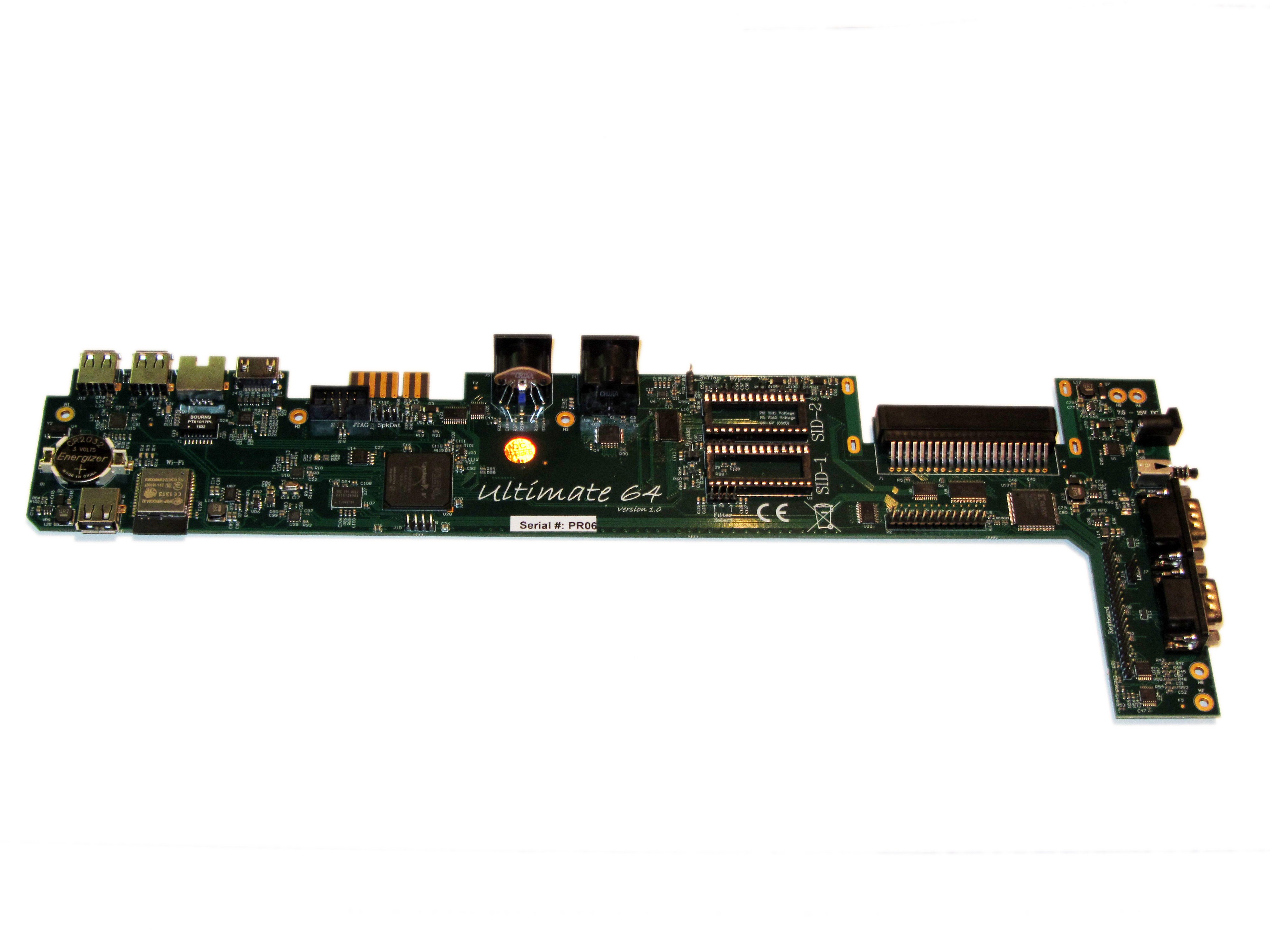Winston
Lorenzo von Matterhorn
- Joined
- Jan 31, 2009
- Messages
- 9,560
- Reaction score
- 1,748
How Many Commodores Does It Take To Crack A Nut?
September 7, 2019
https://hackaday.com/2019/09/07/how-many-commodores-does-it-take-to-crack-a-nut/
It’s brilliant enough when composers make use of the “2SID” technique to double the channels in a Commodore 64 with two sound chips, but even then some people like to kick things up a notch. Say, five times more. [David Youd], [David Knapp] and [Joeri van Haren] worked together to bring us just that, ten Commodore computers synchronously playing a beautiful rendition of the Dance of the Sugar Plum Fairy at this year’s Commodore Retro eXpo.
The feat is composed of nine Commodore 64 computers and one Commodore 128, all fitted with the SID chip. It is a notorious synthesizer chip for utilizing both analog and digital circuitry, making each and every one of its revisions unique to a trained ear, not to mention impossible to faithfully reproduce in emulation. The SID was designed by Bob Yannes at MOS Technology, who later went on to co-found Ensoniq with his experience in making digital synthesizers.
How this orchestra of retro computers came to be, including details on how everything is pieced together can be found on this slideshow prepared by the authors of the exhibition:
https://youdzone.com/c64/orchestrionSlidesV1.0.pdf
It’s interesting to note that because of timing differences in each computer’s crystal clock and how only the start of the song is synchronized between them, they can’t play long music tracks accurately yet, but a 90-second piece works just fine for this demonstration.
These synthesizer chips are slowly going extinct since they’re no longer being manufactured, so if you need a new replacement solution, FPGAs can fill that SID-shaped hole in your heart. If you need the whole computer though, the newer Teensy 3.6 will do just fine emulating it all.
The Tuneful Eight
Evoke 2019: 2nd place in the "Alternative Platform Compo" - "The Tuneful Eight"
The hardware used is an Ultimate64 Elite with two additional FPGASIDs. The Ultimate64 is running with a special firmware, that is capable of handling 2x4 UltiSIDs. In the demo 2x2 UltiSIDs together with 2x2 FPGASIDs were used.

September 7, 2019
https://hackaday.com/2019/09/07/how-many-commodores-does-it-take-to-crack-a-nut/
It’s brilliant enough when composers make use of the “2SID” technique to double the channels in a Commodore 64 with two sound chips, but even then some people like to kick things up a notch. Say, five times more. [David Youd], [David Knapp] and [Joeri van Haren] worked together to bring us just that, ten Commodore computers synchronously playing a beautiful rendition of the Dance of the Sugar Plum Fairy at this year’s Commodore Retro eXpo.
The feat is composed of nine Commodore 64 computers and one Commodore 128, all fitted with the SID chip. It is a notorious synthesizer chip for utilizing both analog and digital circuitry, making each and every one of its revisions unique to a trained ear, not to mention impossible to faithfully reproduce in emulation. The SID was designed by Bob Yannes at MOS Technology, who later went on to co-found Ensoniq with his experience in making digital synthesizers.
How this orchestra of retro computers came to be, including details on how everything is pieced together can be found on this slideshow prepared by the authors of the exhibition:
https://youdzone.com/c64/orchestrionSlidesV1.0.pdf
It’s interesting to note that because of timing differences in each computer’s crystal clock and how only the start of the song is synchronized between them, they can’t play long music tracks accurately yet, but a 90-second piece works just fine for this demonstration.
These synthesizer chips are slowly going extinct since they’re no longer being manufactured, so if you need a new replacement solution, FPGAs can fill that SID-shaped hole in your heart. If you need the whole computer though, the newer Teensy 3.6 will do just fine emulating it all.
The Tuneful Eight
Evoke 2019: 2nd place in the "Alternative Platform Compo" - "The Tuneful Eight"
The hardware used is an Ultimate64 Elite with two additional FPGASIDs. The Ultimate64 is running with a special firmware, that is capable of handling 2x4 UltiSIDs. In the demo 2x2 UltiSIDs together with 2x2 FPGASIDs were used.




